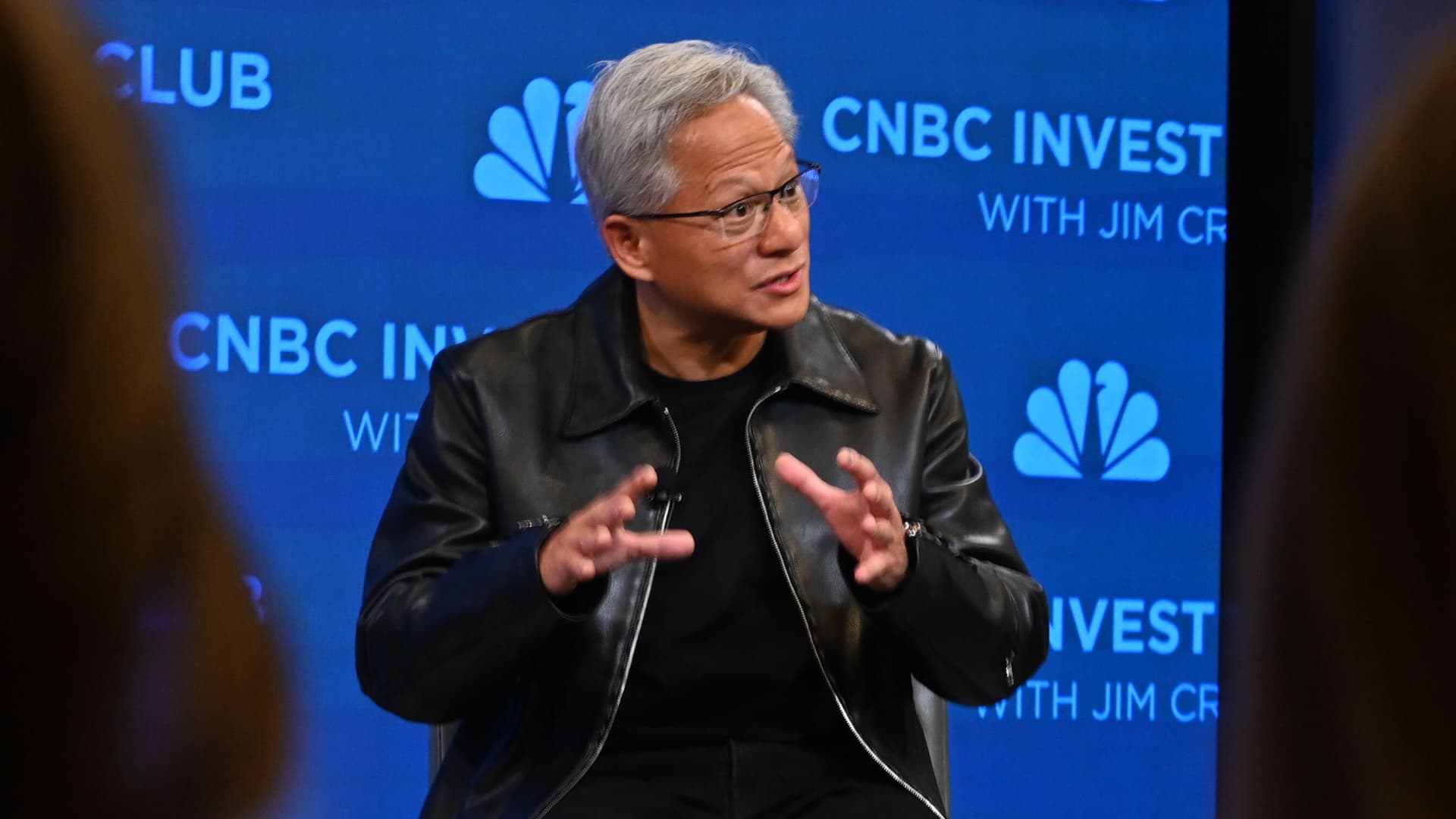The U.S.-China tech decoupling has accelerated a seismic shift in the semiconductor and AI infrastructure landscape, creating both risks and opportunities for investors. As export controls, regulatory frameworks, and geopolitical alliances redefine supply chains, the race for technological dominance is increasingly tied to control over advanced manufacturing nodes, AI-specific chips, and critical materials. For investors, understanding the interplay between policy, corporate strategy, and global dynamics is essential to navigating this transformative era.
The U.S. Strategy: Export Controls and Reshoring
The U.S. has weaponized semiconductor export controls to stifle China’s access to advanced AI hardware, with the October 2022 restrictions on AI chips and the 2025 expansion of the Foreign Direct Product Rule (FDPR) serving as pivotal milestones. These measures have crippled China’s ability to produce cutting-edge AI chips domestically, forcing firms like Huawei to resort to smuggling or scale back ambitions. Meanwhile, the U.S. is leveraging the CHIPS Act—a $630 billion investment—to incentivize domestic production.
Key beneficiaries of U.S. policy include:
– TSMC (TSM): The Taiwanese foundry, which controls 54% of the global advanced node market, is expanding its U.S. footprint with a $40 billion investment in Arizona. Its leadership in 3nm and sub-3nm manufacturing positions it as a linchpin in the U.S.-led “Chip 4” alliance (U.S., Japan, South Korea, Taiwan).
– Intel (INTC): Receiving a $3 billion CHIPS Act grant, Intel is building a “Secure Enclave” for national security applications and advancing its 18A node roadmap. Its Habana Gaudi AI chips align with the surging demand for high-performance computing.
– NVIDIA (NVDA): The AI chip leader dominates data-center markets, with its H100 and H200 GPUs powering global AI infrastructure. Despite 15% revenue-sharing agreements with the U.S. for China sales, its dominance in AI-specific architectures ensures long-term growth.
China’s Response: Indigenous Innovation and RISC-V Challenges
China’s “Made in China 2025” strategy has intensified efforts to develop self-reliant semiconductor capabilities. While firms like SMIC and Biren Technology are advancing RISC-V-based CPUs and alternative architectures, they remain constrained by U.S. restrictions on EUV lithography and critical materials. However, China’s large domestic market and state-backed R&D could eventually challenge Western dominance, particularly in niche applications.
Investment risks include:
– Supply chain bottlenecks: China’s reliance on smuggled chips (e.g., Huawei’s 2 million TSMC chips) highlights vulnerabilities.
– AI deployment limitations: Despite competitive models from Alibaba and DeepSeek, inference compute constraints hinder scalability.
Geopolitical Alliances and Supply Chain Diversification
The U.S. is forging alliances to counter China’s influence, with the Quad (U.S., India, Japan, Australia) and the proposed Indo-Pacific Semiconductor Alliance (IPSA) playing critical roles. India, for instance, is attracting $10 billion in incentives to become a semiconductor hub, with TSMC, Intel, and Foxconn establishing fabrication plants. Japan and South Korea, controlling key lithography and materials, are also deepening partnerships to secure supply chains.
Emerging opportunities:
– ASML (ASML): The Dutch lithography giant remains indispensable for advanced node production, with its EUV machines critical for TSMC and Intel.
– Applied Materials (AMAT) and Lam Research (LRCX): These firms supply deposition and etching tools, benefiting from the surge in foundry investments.
– Indian semiconductor firms: As India’s Semiconductor Mission gains traction, local players like Vedanta and global partners could see growth.
Strategic Investment Thesis
For investors, the key is to focus on companies and regions central to the new semiconductor ecosystem:
1. Advanced manufacturing leaders: TSMC, ASML, and Intel are critical to the U.S. reshoring strategy.
2. AI-specific chip developers: NVIDIA and AMD (AMD) remain dominant, but Intel’s Habana Gaudi and AMD’s Instinct series offer diversification.
3. Supply chain enablers: Applied Materials, Lam Research, and Tokyo Electron (TEL) benefit from foundry expansion.
4. Diversification hubs: India and Southeast Asia are emerging as critical nodes, with TSMC and Intel investing heavily.
Risks and Mitigation
- Geopolitical volatility: Tensions over Taiwan or U.S.-China trade wars could disrupt supply chains.
- Regulatory shifts: The Trump administration’s rescission of the AI Diffusion Rule and enforcement of FDPR highlight policy unpredictability.
- Technological obsolescence: Rapid advancements in AI scaling laws (e.g., inference over pre-training) may reduce reliance on the most advanced chips.
Conclusion: The New Semiconductor Gold Rush
The U.S.-China tech decoupling has transformed semiconductors into the “new oil” of the digital economy. Investors who align with companies controlling advanced nodes, AI infrastructure, and diversified supply chains will be well-positioned to capitalize on this inflection point. As geopolitical tensions and regulatory shifts continue to reshape the landscape, the winners will be those who adapt to the new rules of the game—where national security, innovation, and strategic alliances converge.


